Still being in the thick of winter, and with a few months to go before it's safe to plant outside, my gardening has been reduced to dreaming, reading, and preparing.
You may remember last week, I shared a link to THIS VIDEO. If you took the time to watch it, you may have appreciated some of the knowledge that it had to share regarding mulching, watering, crop rotations, weeding, harvesting, pests, and more! It was inspiring - at least for a soil loving nerd like myself. And, of course, I'm a romantic for doing things the 'natural' way, without much interference into God's created balance in the garden.
The primary focus of the video is the importance of mulching. This particular gardener didn't have enough water on his property to properly irrigate a garden, and thus, he looked to the Lord for knowledge of how to make it work without much water. His story is fascinating - almost two decades later, he has an established orchard that's never been irrigated or chemically fertilized and a plush garden that would put most others to shame - it's lush, healthy, and that soil. Oh, that beautiful soil.
So how does he do it? Mulch.
His favorite mulch is wood chips, collected from local tree trimmers and such who are looking for a place to get rid of them. For free! And the process is pretty simple - plant the seeds into the soil. After the seedlings emerge and are established, cover the ground in nutrient-rich wood chips of various shapes and sizes. Don't till the wood chips in, simply spread them on top of the soil. Side dress the plants with the wood chips. It doesn't take long for the wood chips to break down and treat the soil beneath them, almost like a constant state of fertilizing! A sprinkle of decomposed chicken or horse manure for good measure and voila! Healthy soil!
This video particularly interested me because we knew we'd have a few issues with the garden this year:
1. Weeds. We're planting over a grassy area and even though we'd tilled the soil previously, we'd knew the weeds would be a big battle for us. After watching this video, I realized I needed to do things a little differently; including layering newspaper, soil, wood chips (mulch), and manure. The "lasagna" method, if you will.
2. Because of the poor soil in this same area, I knew watering would be an issue too. If you've ever watered poor soil, you know what to does - it runs off and creates a muddy mess. Yikes. One of the most desirable affects of the heavy wood chip mulching is that the wood chips hold the moisture and slowly release it into the soil as it begins to dry up; thus, you get to water less. I like this idea because you know what else loves to be watered? Weeds. And the less I have to water, the better.
And so, after doing some more serious research, I decided that even though we have mostly raised beds, our gardens could greatly benefit from some serious mulching this year. And so, I made a few phone calls. By the second call, I'd arranged to have a tree trimmer drop a load of wood chips off at our house. Six yards of wood chips! That's a lot. And we got 'em for free!
These are primo wood chips, too - because the tree trimmers chip up the branches, leaves, needles, etc. the wood chips are full of nutrients from the trees - it's not 'bark' like you'd see at the gardening stores.
We've got some of this:
And this:
And this:
Some of it has already started to decompose!:
The plan is to heavily mulch the top of the soil. When it's time to plant, I'll part the wood chips, plant into the soil, allow the seedlings to emerge, and then side dress them accordingly.
The tree trimmer advised me to let the pile sit for a few weeks, so the nitrogen can begin to break down. Too much nitrogen in the soil isn't a good thing, so we'll allow it to rest until planting time.
I've told you before - this is my favorite time of year because I get to be as optimistic as I want to be! In February, anything is possible. As I look forward to the garden ahead, I look forward with lessons learned, knowledge gained, and sheer hope that each year of gardening will give us a better harvest and an easier method than the year before.
I dream, my friends. Oh, I dream. Of setting down roots in a home of our own. Of having a garden plot that can not only feed our entire family, but also our neighbors and loved ones. A garden that is simple, natural, and self-sustaining.
Which brings me to another point: learning to start tomatoes from seed.
Oh, it's happenin' people.
I done ordered 'em n everything. Because if I don't learn, than I will always be reliant on someone to start my seeds for me.
Pray for me.
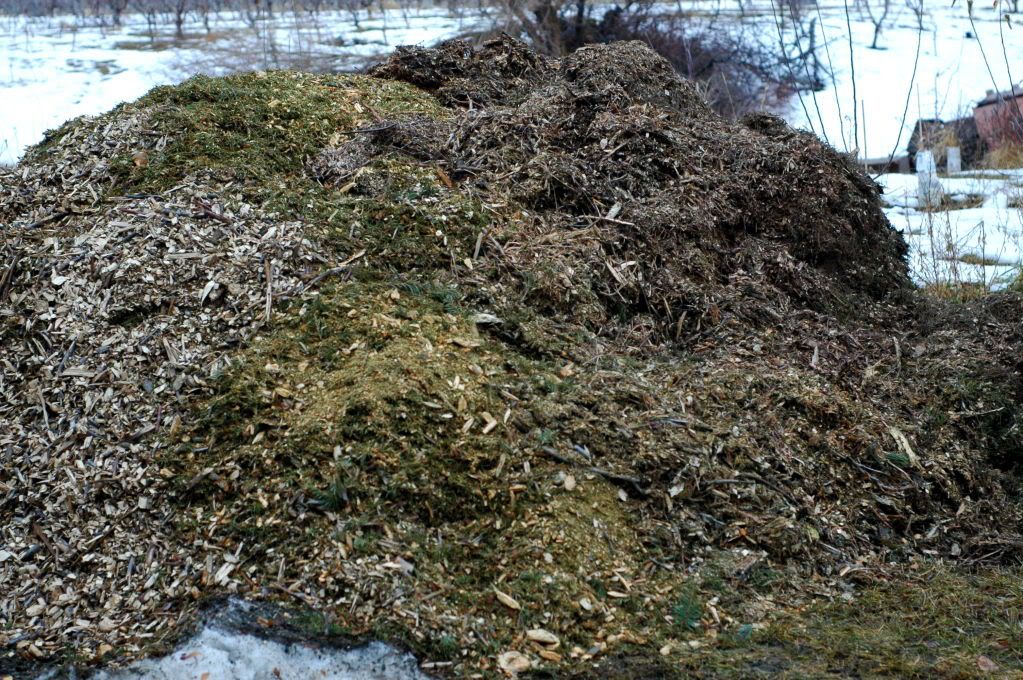
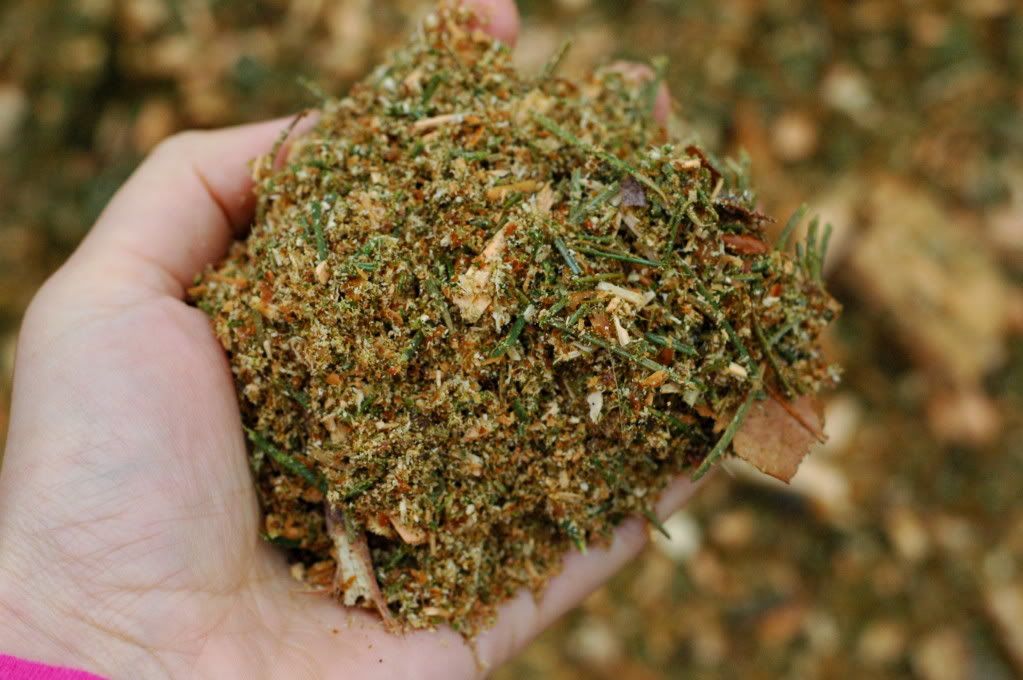
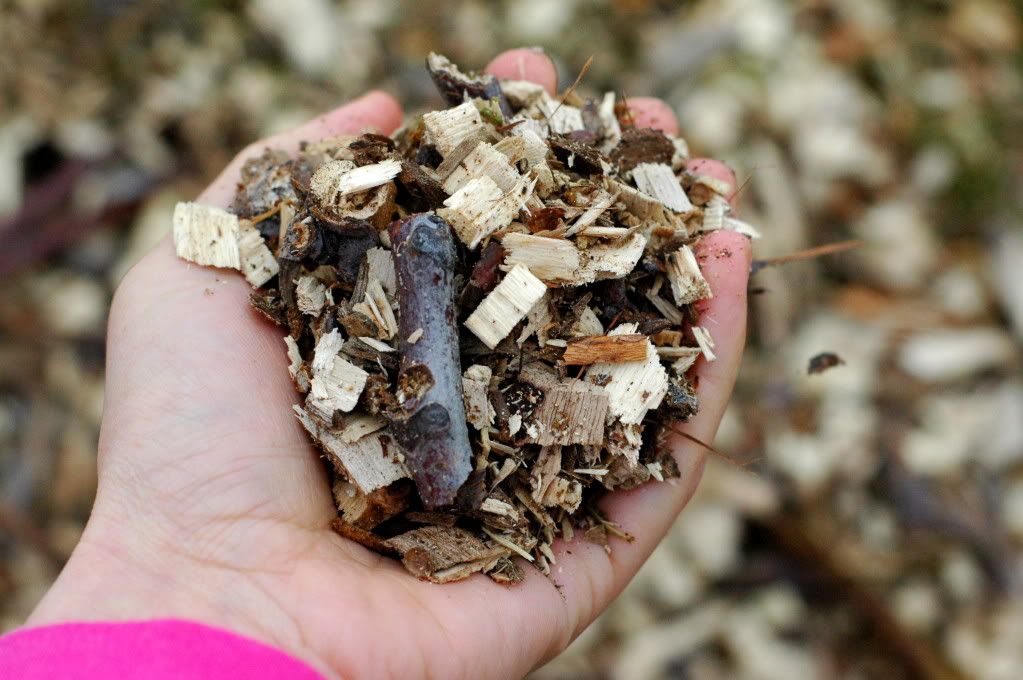
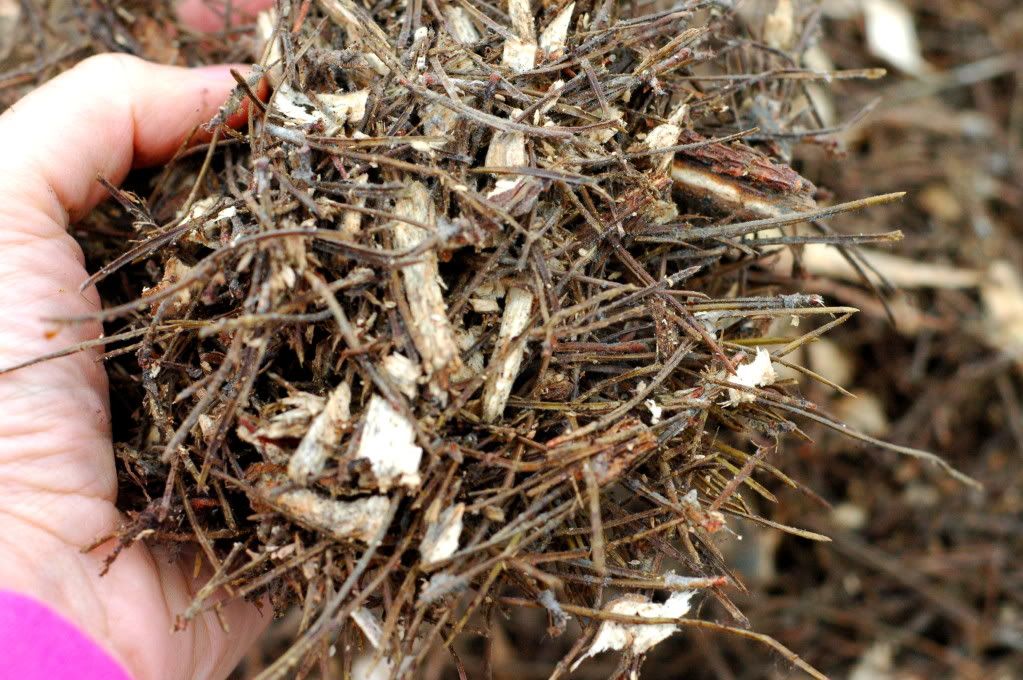
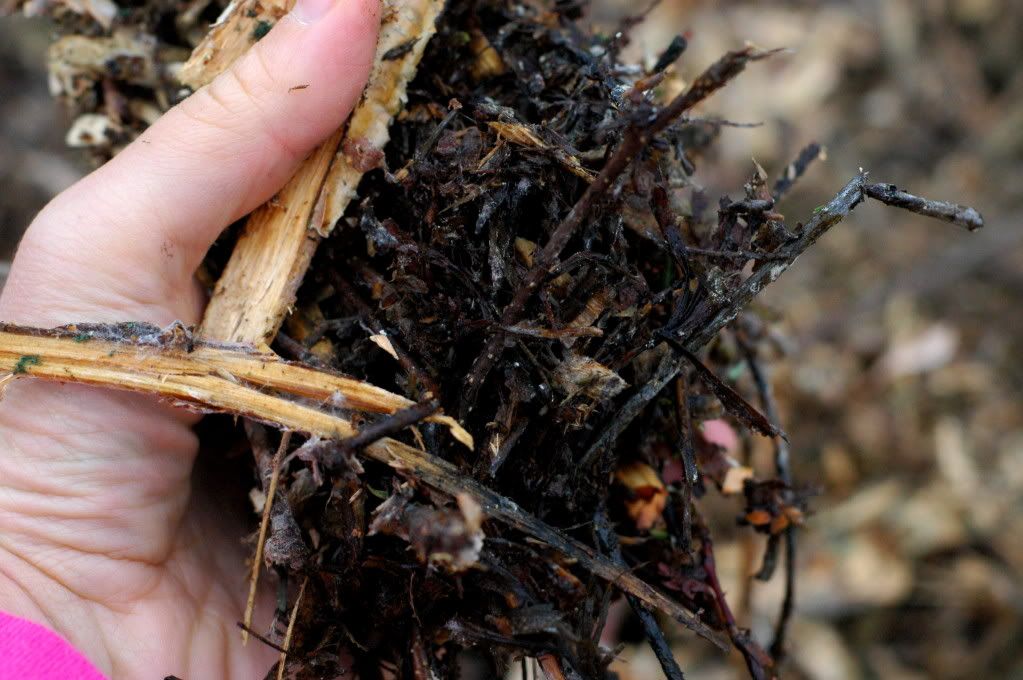
This has me excited for the new gardening season! We have been lasagna gardening for a few years w/great success. One tip on big piles of mulch, though: http://learningandyearning.wordpress.com/2012/02/08/sour-mulch-i-learned-this-one-the-hard-way/.
ReplyDeleteHi Shaye,
ReplyDeleteThanks for sharing valuable information with all of us. I have awarded you with the Versatile Blogger award, You are on my list of favorite blogs to visit. You can see my post on this Award and the rules here: http://www.cypresshillfarm.blogspot.com/2012/02/ive-been-awarded.html Thank you for sharing all of your learning experiences and all your talents with us.....Your blog is awesome.....Congrats..........Sheryl
Good luck! I have actually had good luck starting tomatoes from seeds, it is the peppers that get me! They just have to be kept a little warmer than tomatoes. I have some tomatoes plants that I brought inside last fall, and would you believe - they have tomatoes growing on them! In February! I love it :)
ReplyDelete